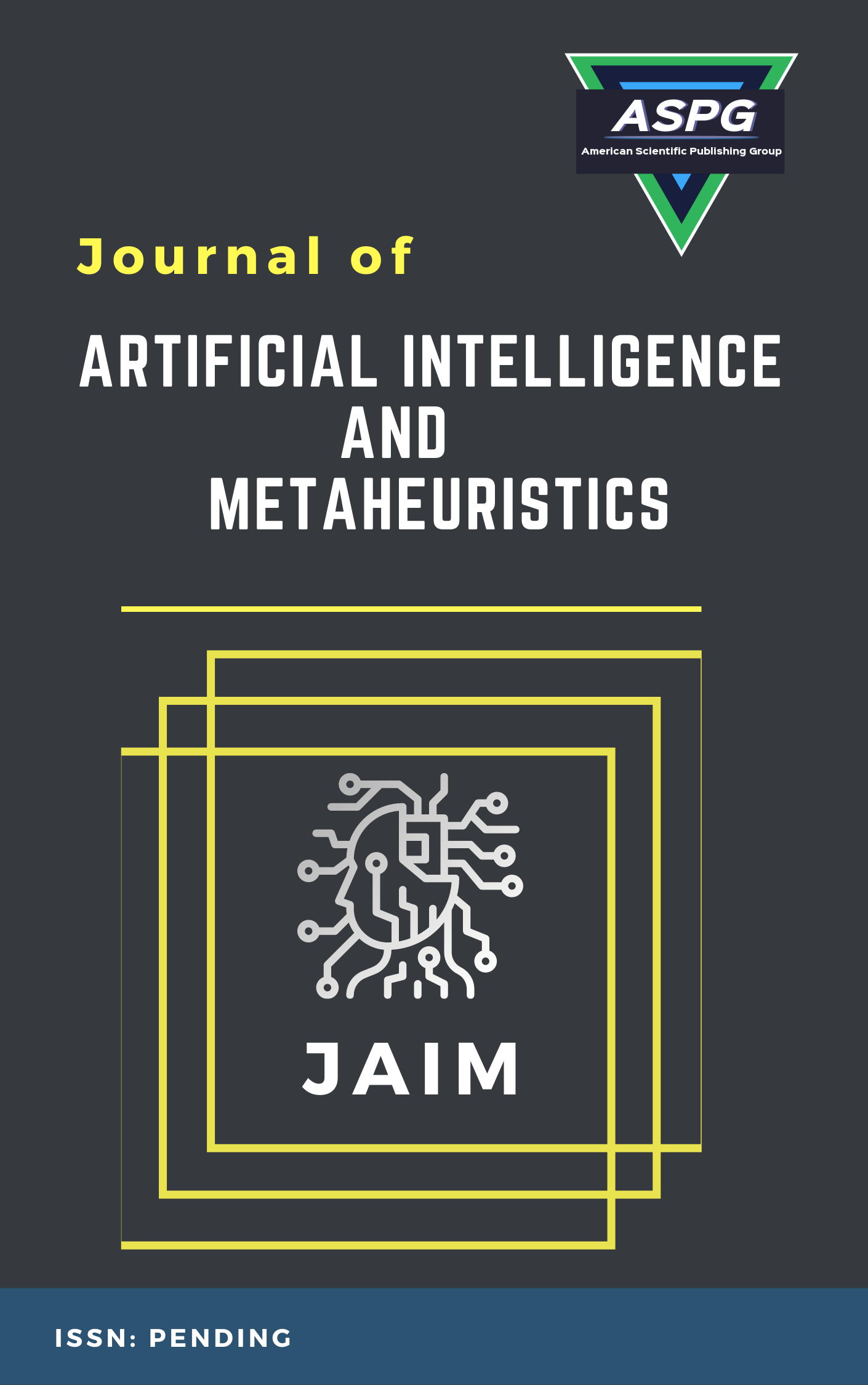

As the discipline of Digital Signal Processing develops, digital filters play an increasingly vital role in modern technology (DSP). The FIR filter, which stands for "finite impulse response," is the most common type of filter. As a result of its versatility, FIR filters find widespread application in many fields, including image filtering, frequency modulation, precision arithmetic, and many more. For this reason, digital FIR filters are designed using various optimization techniques. Using various optimization strategies yields the best results when optimizing for different filter coefficients (concerning control parameters, dependence, premature convergence, etc.). They're advantageous due to several factors, including their straightforward implementation, low error function, high-quality searching ability, and rapid convergence. In this paper, we have covered the topic of designing efficient digital filters for signal, image, and video processing using various optimization techniques.
Read MoreDoi: https://doi.org/10.54216/JAIM.020102
Vol. 2 Issue. 1 PP. 16-26, (2022)
machinery enterprises can benefit greatly from including energy efficiency models into their energy management and conservation efforts. Due to a lack of theoretical formulations, this paper integrates machining parameters and configuration parameters into energy efficiency models, with ML methods applied to increase generality. A three-year data set from a manufacturing facility serves as the basis for a comparison examination of two scenarios, with an emphasis on evaluating forecast precision, stability, and computing efficiency. To estimate future energy efficiency in Scenario 1, only cross-sectional data is utilized, completely discounting the wear and tear on spindle motors and cutting tools. In this study, we use five error measures to compare and contrast three classic ML algorithms: artificial neural networks, support vector regression, and Gaussian process regression. In Case 2, we build the a voting ensemble model in a more realistic setting, taking into account the dynamic characteristics of the aging spindle motor and tool wear. It is clear from the comparison that all of the Case 1 models experience performance erosion, but the proposed voting ensemble model is able to produce a sustainable increase in accuracy.
Read MoreDoi: https://doi.org/10.54216/JAIM.020103
Vol. 2 Issue. 1 PP. 27-35, (2022)
Forecasting student performance, sorting students into groups according to their strengths, and working to improve future test scores are all crucial for any institution in today's competitive world. It is important to give students ample notice before a school year begins if they are to be coached to improve their grades by focusing on a certain subject area. Examining this can helps a school significantly reduce its dropout rate. This analysis predicts how well students will do in a given course based on how they did in previous, similar courses. Discovering previously unknown relationships among vast stores of data is the goal of data mining. Insights and forecasts might be gained from these recurring structures. The term "education data mining" describes the assortment of data mining programs used in the educational sector. The primary focus of these tools is on analyzing the information gathered from classrooms and educators. Potential applications of this research include classification and forecasting. It looks into several machine learning methods, including Naive Bayes, ID3, C4.5, and SVM. The experimental analysis uses data collection containing UCI machinery students' grades and other outcomes. Accuracy and error rate are two metrics used to evaluate algorithms.
Read MoreDoi: https://doi.org/10.54216/JAIM.020104
Vol. 2 Issue. 1 PP. 36-45, (2022)
Credit card use is rapidly increasing as a result of the widespread availability of these cards, the ease of making electronic transfers, and the ubiquity of online shopping. But credit card debt poses a serious risk to businesses and governments alike, not to mention individual savers and investors. Consequently, the need for efficient, timely, and reliable ways to anticipate credit card risk has grown. In this study, we offer a framework that combines three classifiers, namely, support vector machines, multilayer perceptron and decision trees, to improve the network's accuracy. The proposed strategy is shown to be very competitive with others through simulation.
Read MoreDoi: https://doi.org/10.54216/JAIM.020105
Vol. 2 Issue. 1 PP. 46-54, (2022)
When there are numerous possible solutions for a given class in a given problem, majority voting or plurality voting is typically employed. One common technique for improving classification accuracy is bagging, which involves training many classifiers on slightly different datasets and then voting on the combined results. In this research, we examine how alternative voting procedures affect the efficiency of two distinct classification algorithms applied to datasets of varying complexity. Despite the increased computing cost associated with determining preference order, the results show that the single transferable vote can be a suitable alternative to plurality voting.
Read MoreDoi: https://doi.org/10.54216/JAIM.020101
Vol. 2 Issue. 1 PP. 08-15, (2022)